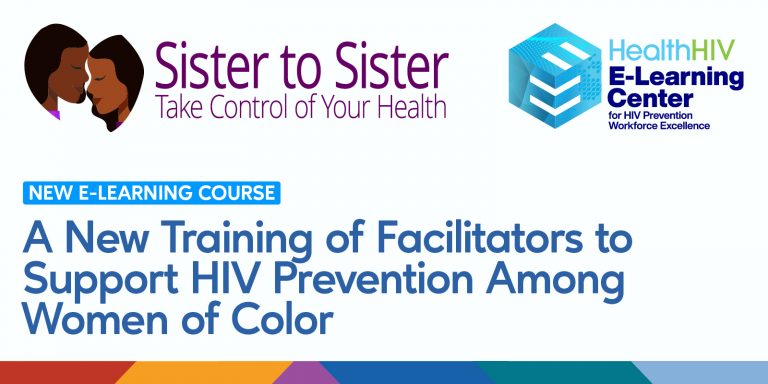Date: January 27, 2022
More Provider Relief Funds Being Distributed. This week, the U.S. Department of Health & Human Services (HHS) is making more than $2 billion in Provider Relief Fund (PRF) Phase 4 General Distribution payments to more than 7,600 providers across the country. These payments come on the heels of nearly $9 billion in funding released in December 2021. With this announcement, HHS has distributed a total of nearly $11 billion in PRF Phase 4 payments to providers in all 50 states, Washington, D.C., and five territories.
Health Workforce Fact Sheet – 2021 HRSA Highlights (pdf). Learn more about the Health Resources and Services Administration’s (HRSA) health workforce efforts to help recruit and retain personnel during the pandemic, promote health equity, and support and build the health workforce, including funding that went to rural residency programs and Teaching Health Centers in rural communities.
Spread the Word About Vaccine Boosters. The U.S. Department of Health & Human Services (HHS) released new resources – posters, flyers, videos, and talking points – to help promote the extra protection from COVID-19 boosters. All vaccinated adults aged 18+ are eligible for a booster. A few weeks ago, the Centers for Disease Control and Prevention (CDC) expanded booster eligibility to include adolescents ages 12 to 17, recommending that they receive a booster shot five months after their initial vaccination. The CDC also released a new resource, based on input from rural health departments and organizations, with 12 strategies to increase vaccine uptake in rural communities (pdf). Search by zip code to find nearby locations providing adult and pediatric vaccines and boosters for COVID-19 and the flu at vaccines.gov.
HHS Reports to Congress on Federal Diabetes Programs. According to the Centers for Disease Control and Prevention, more than 37 million people in the U.S. have diabetes, and another 88 million have prediabetes. In addition to its health impact – increased risk of stroke, heart attack, blindness, kidney failure, and lower limb amputations – the economic cost was estimated to be $327 billion in 2017. In this report to Congress, the U.S. Department of Health & Human Services (HHS) examined the efficacy of federal diabetes programs, detailing the challenges that remain, particularly in rural areas.
Alaska Native Elders Assess Government Social Services. Researchers share insights voiced by Alaska Native Elders in the Yukon-Kuskowkwim region and their perceptions of regulations, assistance, and the impact that government programs have had on their culture.
Prescription Drug Affordability Among Medicare Beneficiaries. The report examines the characteristics of Medicare beneficiaries who had difficulty affording their medications in 2019, including race/ethnicity, gender, family income, presence of certain chronic conditions, and urban vs. rural counties. Overall, women, people with lower incomes, and beneficiaries diagnosed with chronic conditions such as diabetes had higher rates of affordability problems.
Ongoing: HRSA Payment Program for RHC Buprenorphine-Trained Providers. In June 2021, the Health Resources and Services Administration (HRSA) launched an effort to improve access to substance use disorder treatment by paying for providers who are waivered to prescribe buprenorphine, a medication used to treat opioid use disorder. Rural Health Clinics (RHCs) still have the opportunity to apply for a $3,000 payment on behalf of each provider who trained to obtain the waiver necessary to prescribe buprenorphine after January 1, 2019. Approximately $1.5 million in program funding remains available for RHCs and will be paid on a first-come, first-served basis until funds are exhausted. Send questions to DATA2000WaiverPayments@hrsa.gov. There is ongoing availability of a free online course for waiver eligibility training from the American Osteopathic Academy of Addiction Medicine and the Providers Clinical Support System.

